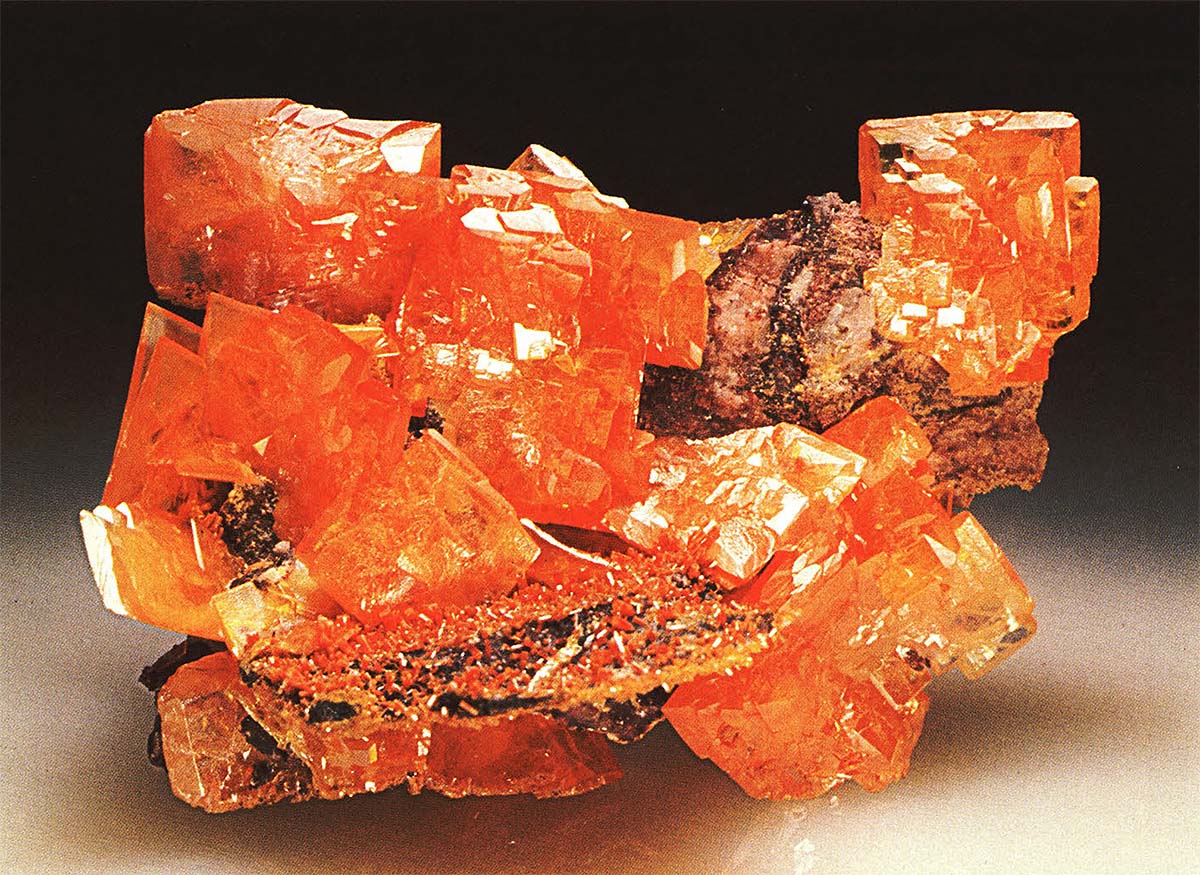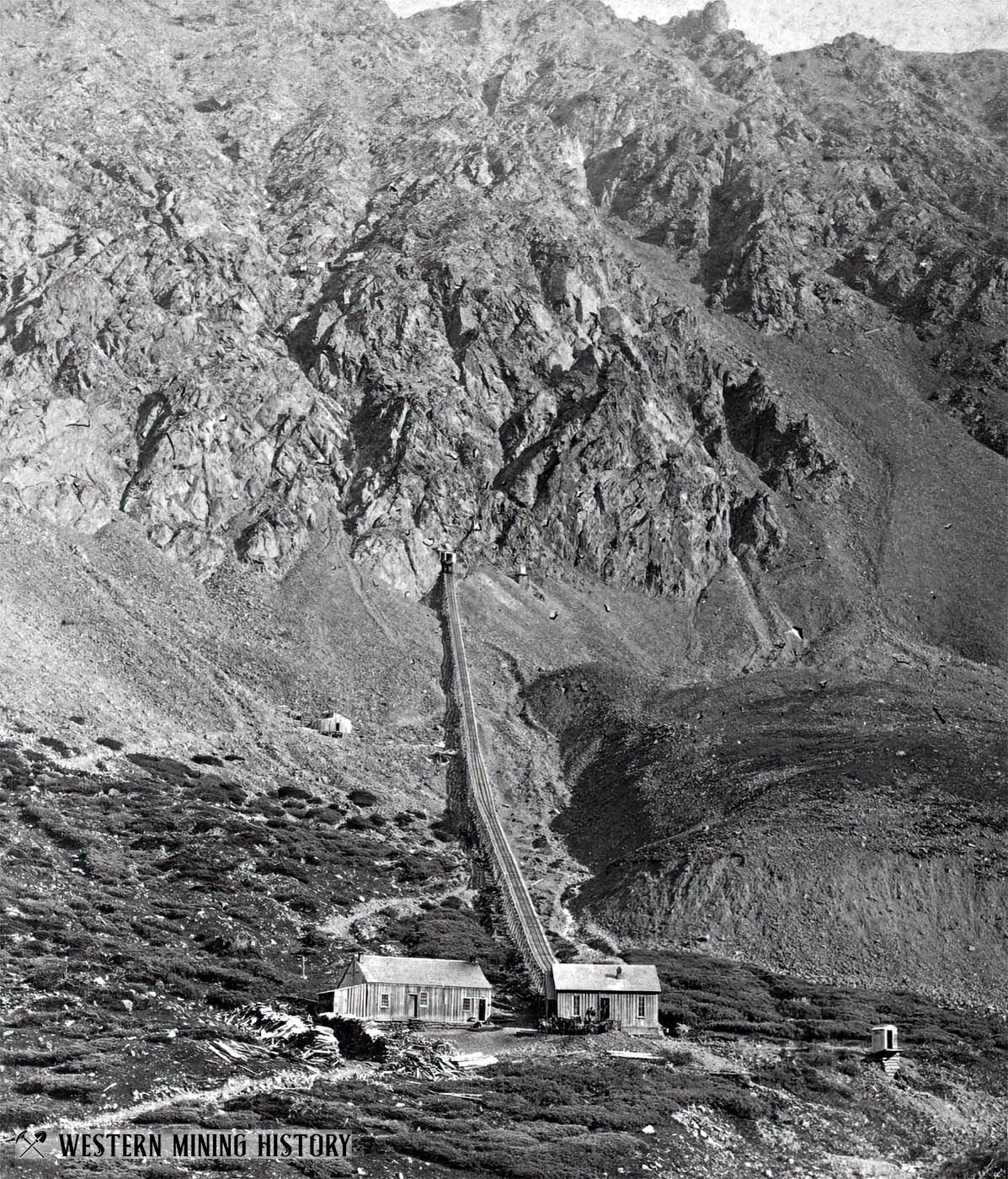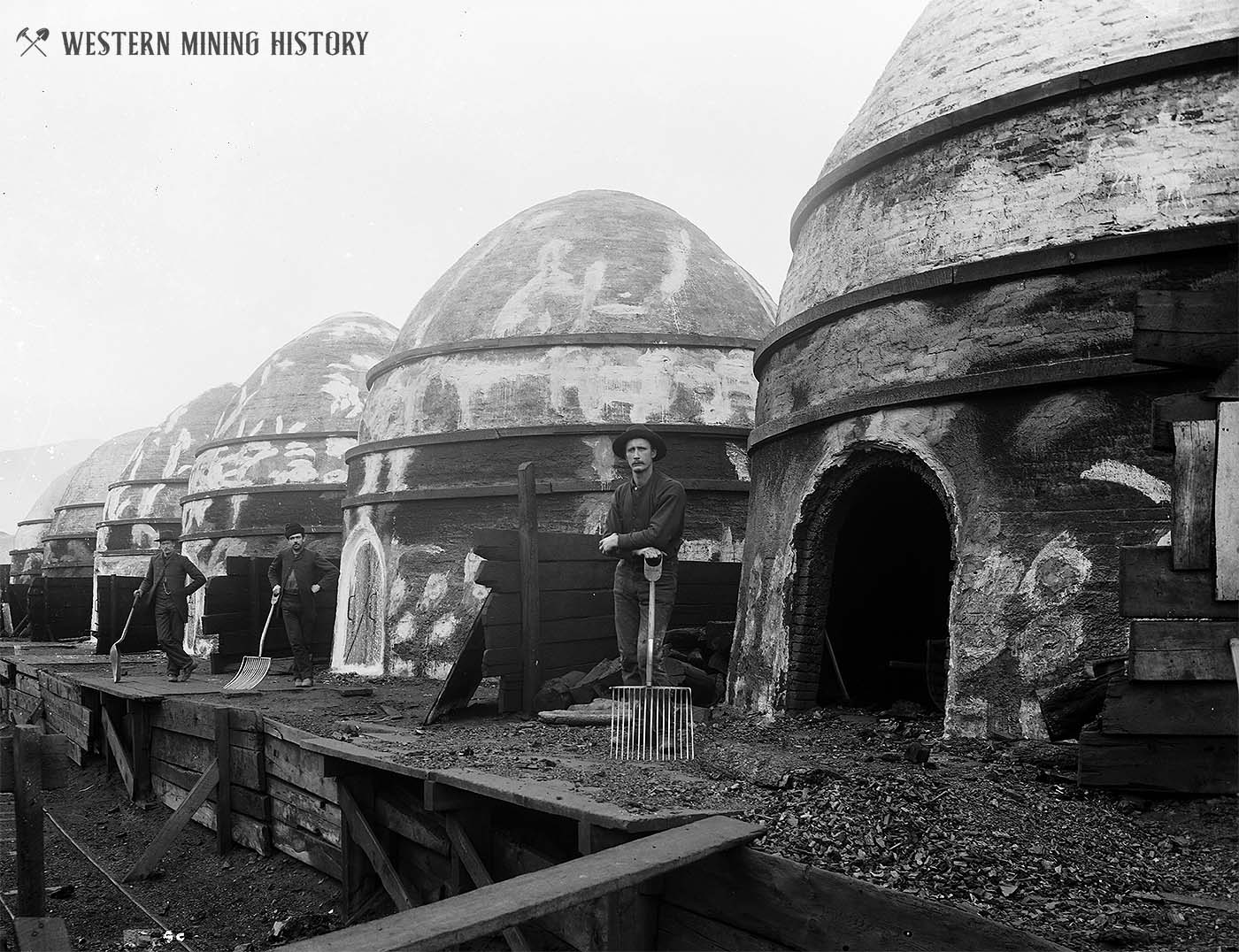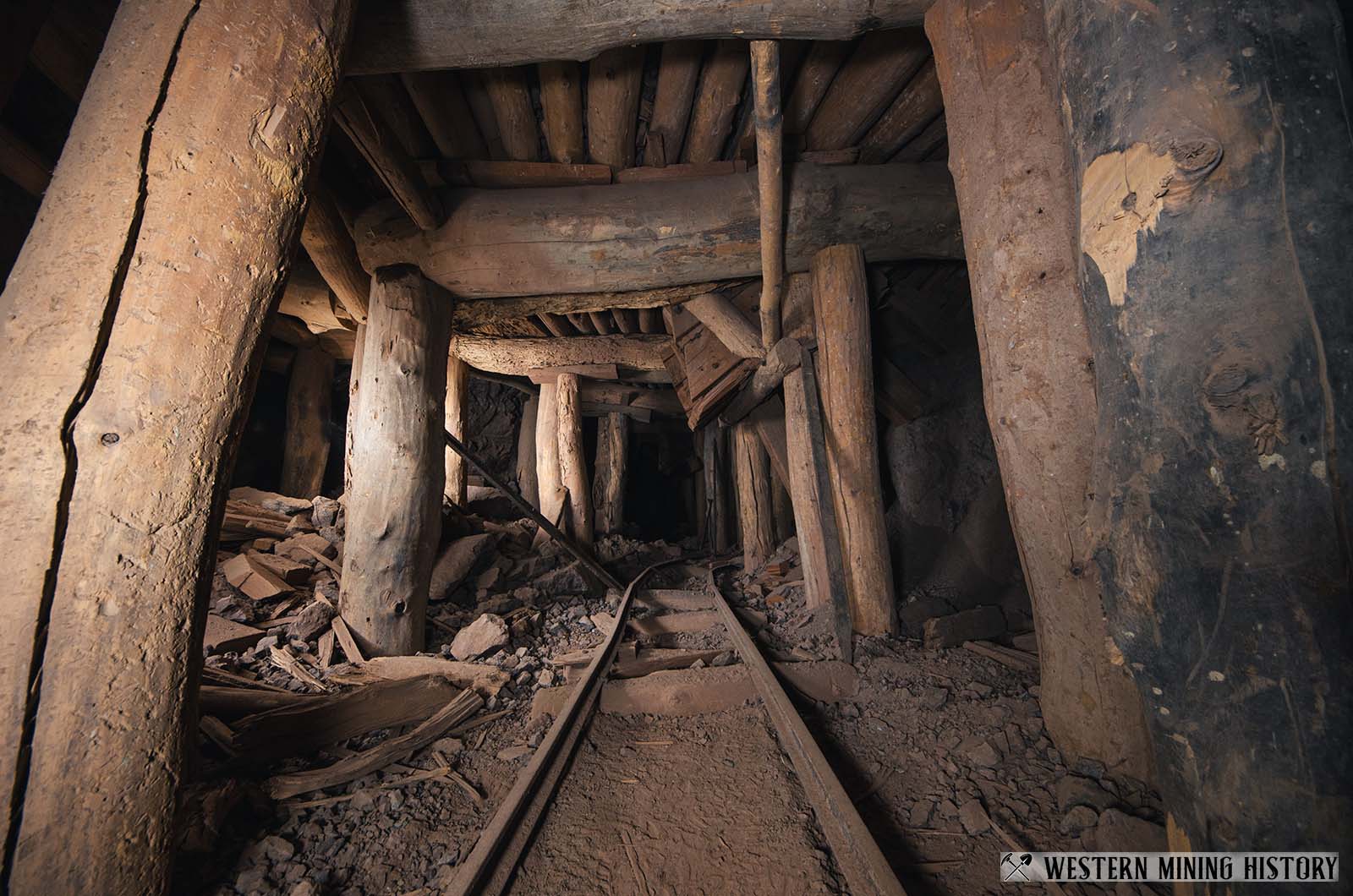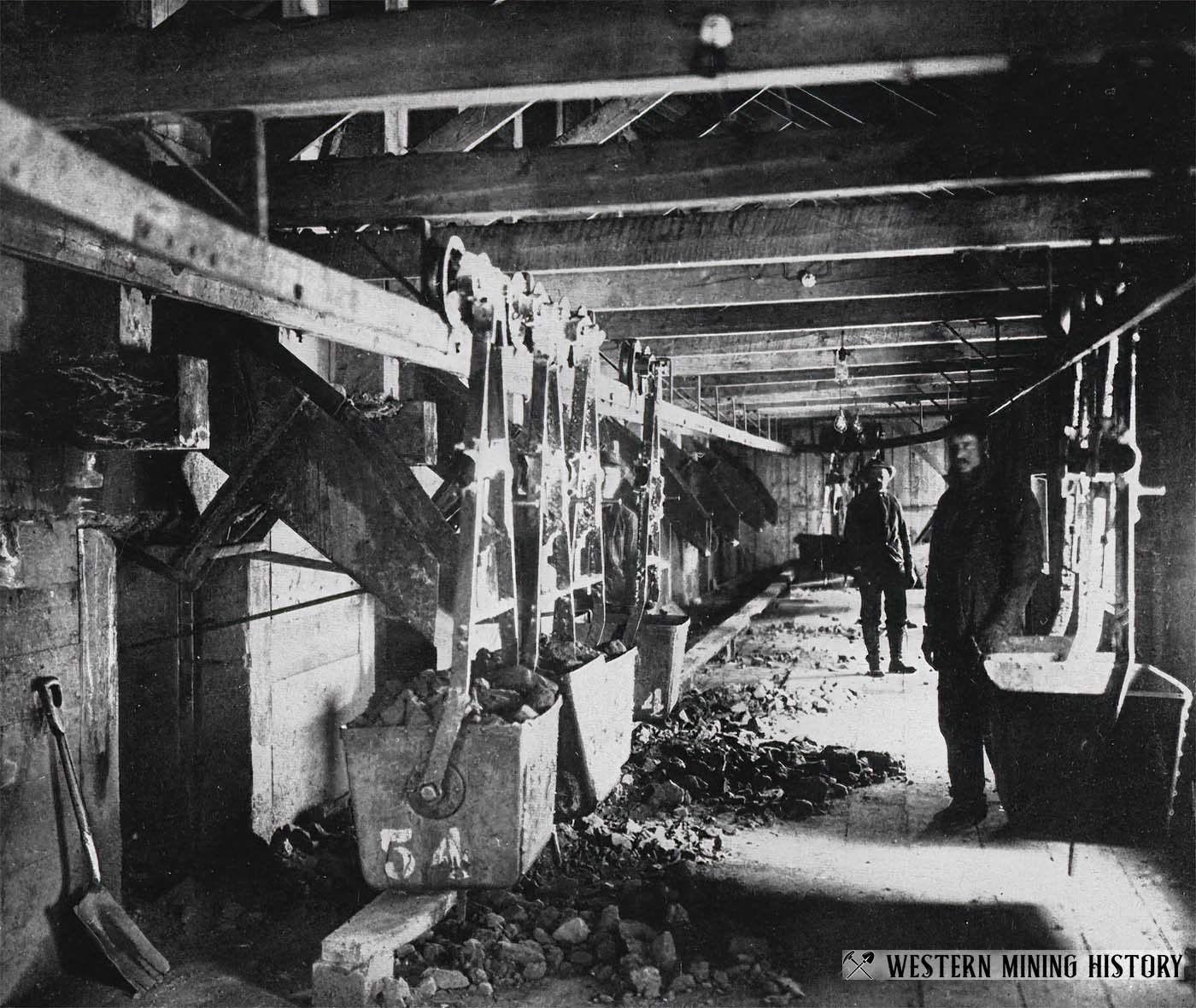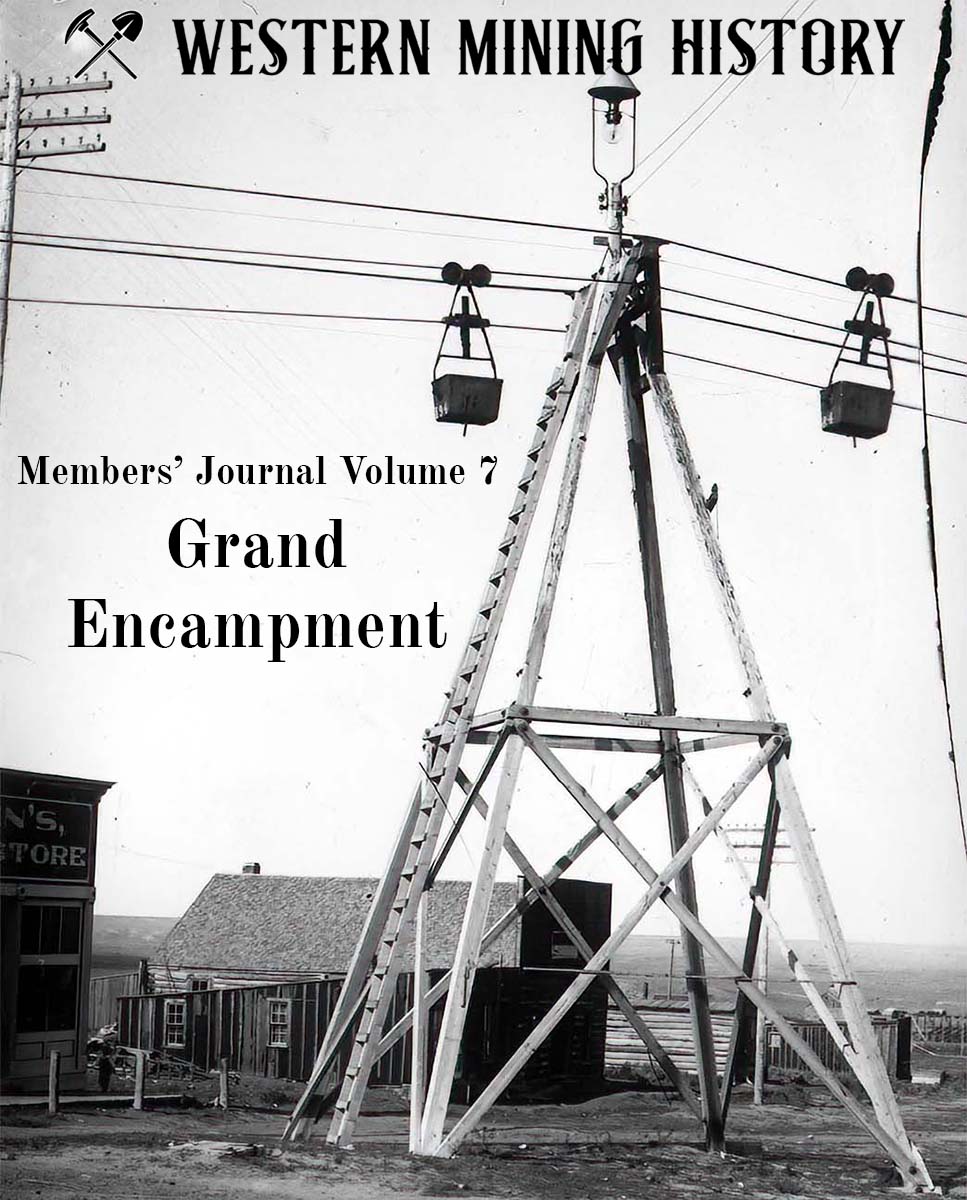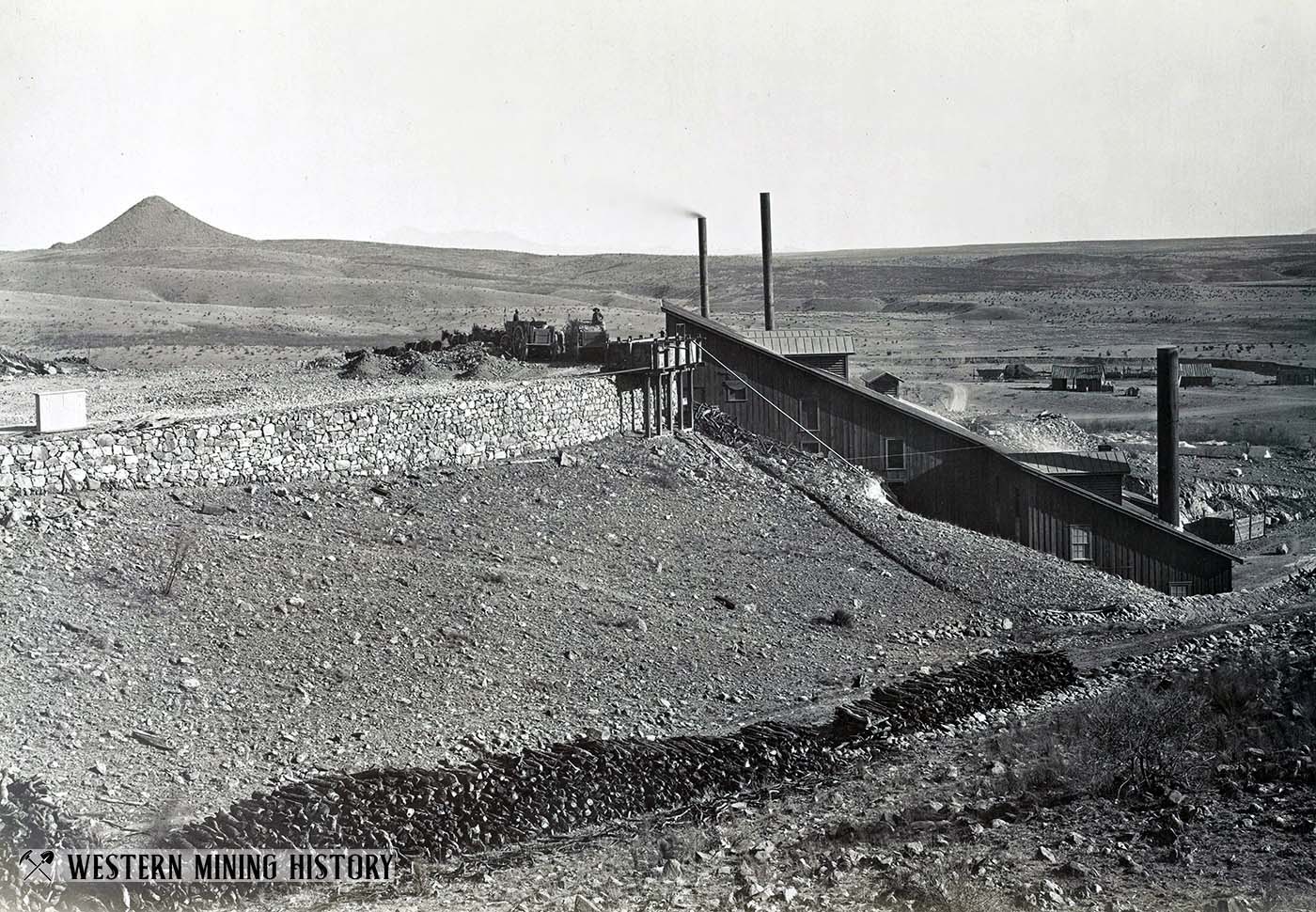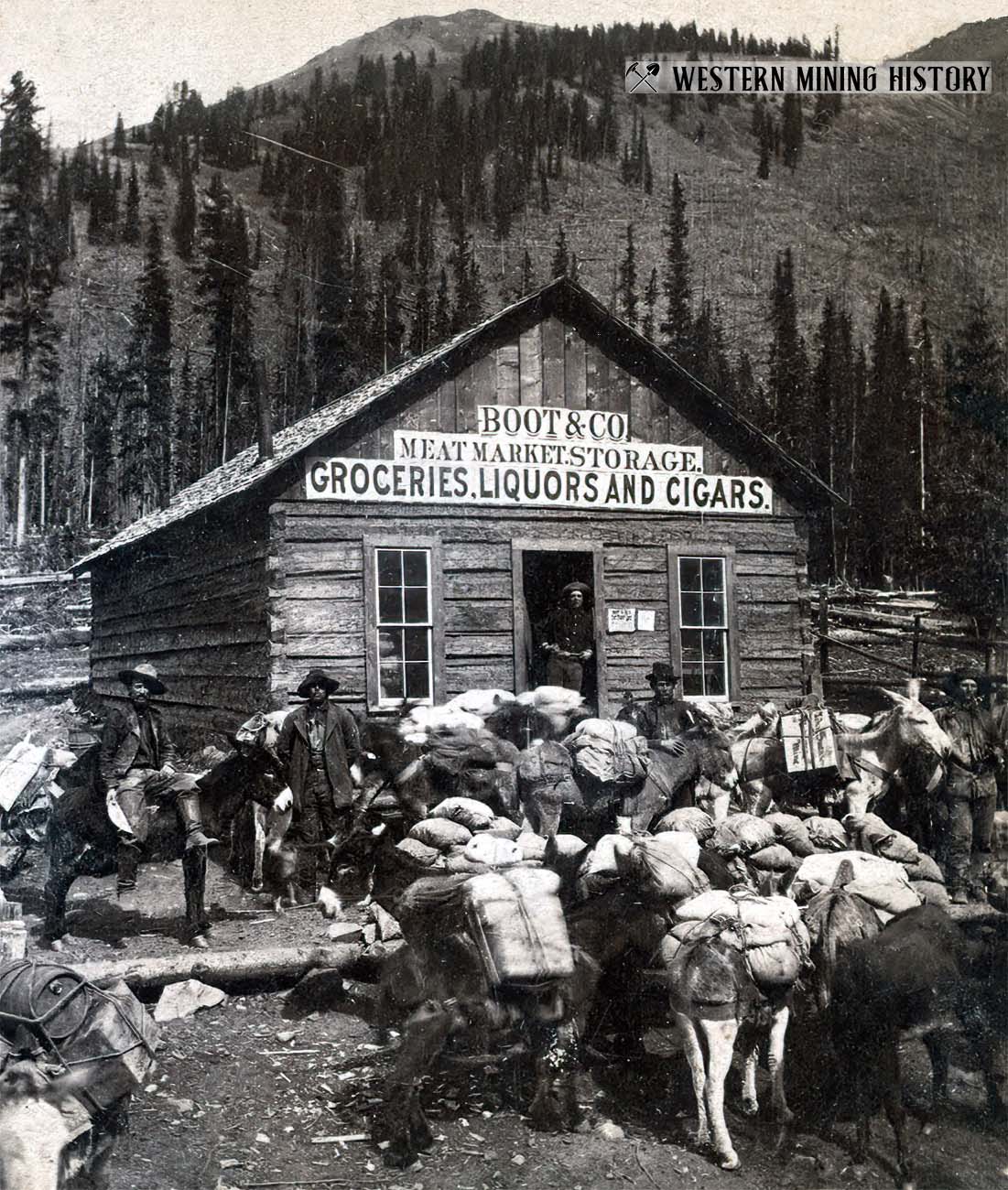The Old Yuma Mine
From The Mineralogical Record, Volume 14, No. 2, March-April, 1983: “The Old Yuma mine, near Tucson, has produced North America’s finest vanadinite specimens and is also well known for large and beautiful yellow wulfenite crystals. Sizeable pockets of these minerals have been found since the 1880’s and are still being found today.” Continue Reading
